
Germany Approves Revised 2023 Budget Suspending Borrowing Limit
German Chancellor Olaf Scholz’s government approved a supplementary 2023 budget that includes the suspension of rules limiting net
2023-11-27 22:59

Bill Gates says top AI agent poised to replace search, shopping businesses
SAN FRANCISCO Bill Gates, Microsoft Corp's co-founder, on Monday said the technology race to win is development of
2023-05-23 01:45
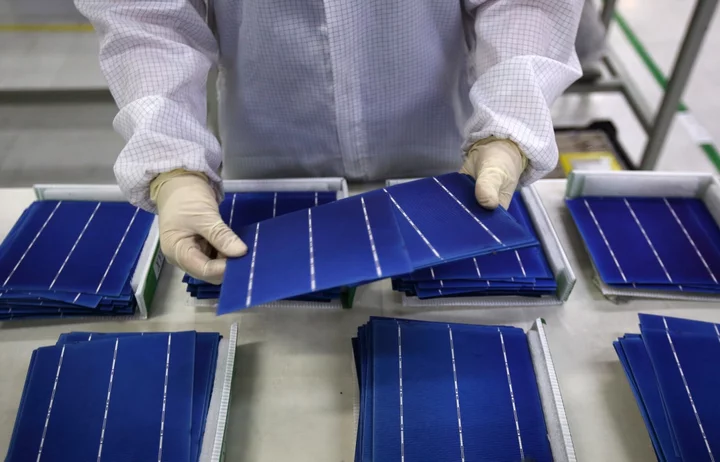
US Court Ruling Revives Fight Over Solar Panel Tariff Waiver
US solar manufacturers are expected to revive their years-long campaign to kill an exemption that has allowed two-sided
2023-11-15 08:56
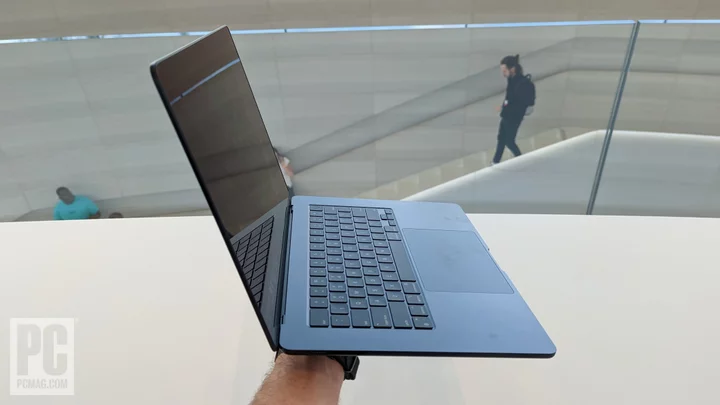
Big Air: Hands On With the 15-Inch Apple MacBook Air
Apple just unveiled a Mac many of you have been lusting after for years: a
2023-06-06 11:53

IShowSpeed and Teanna Trump kiss in viral video, fans concerned about streamer getting 'bumps around his lip'
IShowSpeed was over the moon as Teanna Trump kissed him
2023-05-30 15:56

Westinghouse and Ukraine’s Energoatom Pursuing Deployment of AP300™ Small Modular Reactor to Meet Climate, Energy Security Goals
CRANBERRY TOWNSHIP, Pa.--(BUSINESS WIRE)--Sep 12, 2023--
2023-09-13 01:50

Apple co-founder Wozniak suffers possible stroke in Mexico -local media
MEXICO CITY (Reuters) -Apple co-founder Steve Wozniak was hospitalized in Mexico City on Wednesday due to a possible stroke, Mexican
2023-11-09 09:22

Microsoft's historic $69 billion acquisition of Activision Blizzard can go ahead, U.S. judge rules
Microsoft's historic $69 billion acquisition of video game publisher Activision Blizzard just cleared one of
2023-07-12 15:57

Diablo 4 Helltide Mystery Chest Map: How to Find
Diablo 4 Helltide Mystery Chest map explained to help players traverse regions in Sanctuary and find the best loot possible.
2023-06-20 23:17

Best Early Black Friday PlayStation Game and Console Deals
It’s officially spooky season, the time to play those creepy, crawly, jump scare-y games. You
2023-11-21 06:52
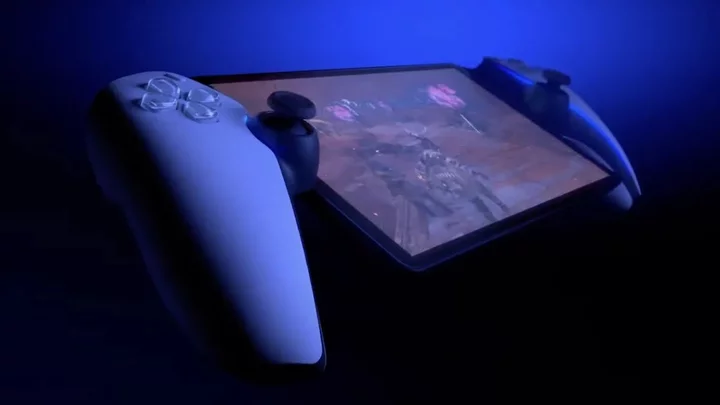
PlayStation Project Q: New console will let people stream PS5 games on the move, Sony says
Sony has announced “Project Q”, a portable version of the PlayStation. The handheld system appears to be something like a PlayStation 5 controller, chopped in half with a screen placed in the middle of it. It works by streaming games over WiFi, the company said during a reveal. But it also suggested that customers will still need a PS5 in their home, and that the Project Q handheld will not be a standalone device. “We will launch a dedicated device that enables you to stream any game from your PS5 console using Remote Play over Wi-Fi,” said PlayStation boss Jim Ryan. “Internally known as ‘Project Q,’ it has an 8-inch HD screen and all of the buttons and features of the DualSense wireless controller.” That divided controller will have all the same “buttons and features” of the controller from the PS5, Sony said. That includes its adaptive triggers and haptic feedback. It will also have a screen that can show up to 1080p resolution at 60 frames per second, the company said. The headset is due to be announced later this year. Sony gave no further information about when that would be, how much it would cost, or even whether “Q” would be its eventual name. The system is not a devoted handheld device, like the Nintendo Switch or the Steam Deck. Nor is it specifically for streaming games over the internet, which would be part of a long-rumoured push into cloud gaming from PlayStation. Instead, it appears to be intended as a way of playing PlayStation games in other parts of the house. Users must not only have a PS5 also connected to the WiFi – which will be accessed through that Remote Play service – but also have the game they want to play installed on that console. Other services already offer the ability to play Remote Play games on handheld devices. Android and iPhones can use that same service, and can pair with controllers. Read More WhatsApp could be making a major change in how you find people Top Twitter engineer quits after DeSantis campaign fiasco Elon Musk’s Neuralink brain chip company gets FDA approval for human testing
2023-05-27 02:52

First Amendment group sues Texas Governor and others over the state's TikTok ban on official devices
A First Amendment group sued Texas Governor Greg Abbott and others on Thursday over the state’s TikTok ban on official devices
2023-07-13 23:50
You Might Like...
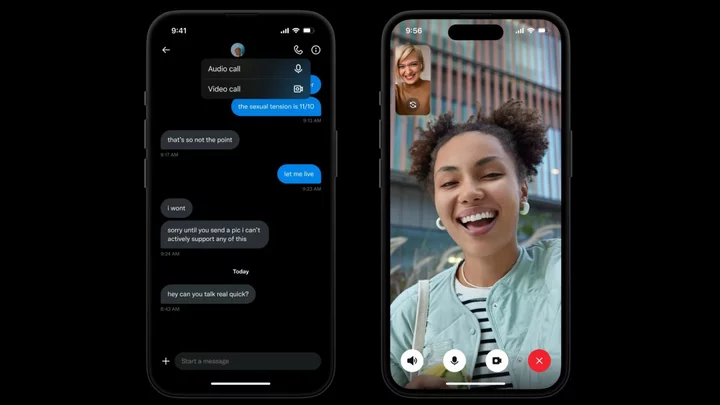
Elon Musk says audio and video calls are coming to Twitter/X

8x8 Appoints Contact Center and Growth Marketing Leader Bruno Bertini as Chief Marketing Officer

Rockefeller Foundation Makes Net Zero Pledge for $6 Billion Endowment

Germany’s Top Court Strikes Down €60 Billion Climate Funding

Zack Snyder confirms Rebel Moon co-op game at Gamescom 2023
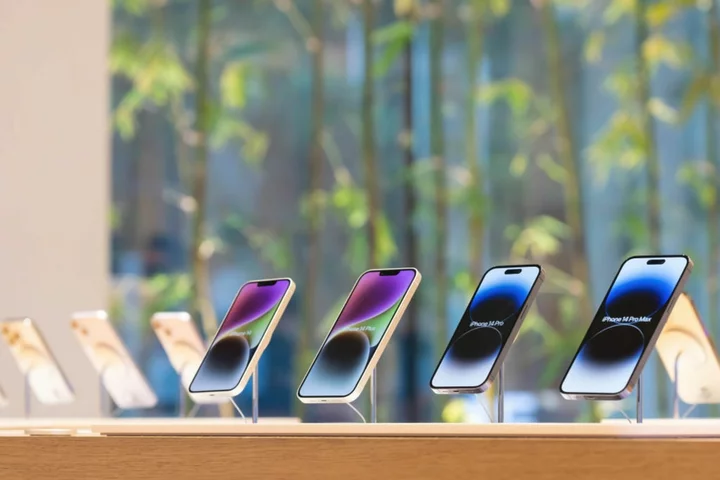
iPhone 15 may see major design changes and a slight price increase this year
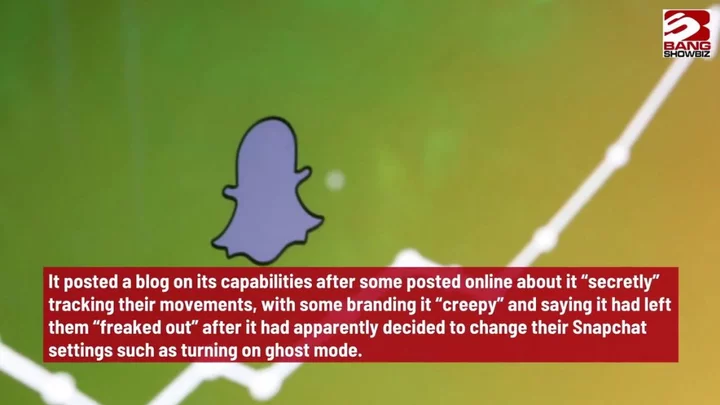
Who is Santea and why has he taken a break from social media?

Amazon just revealed the exact dates for Prime Day 2023
